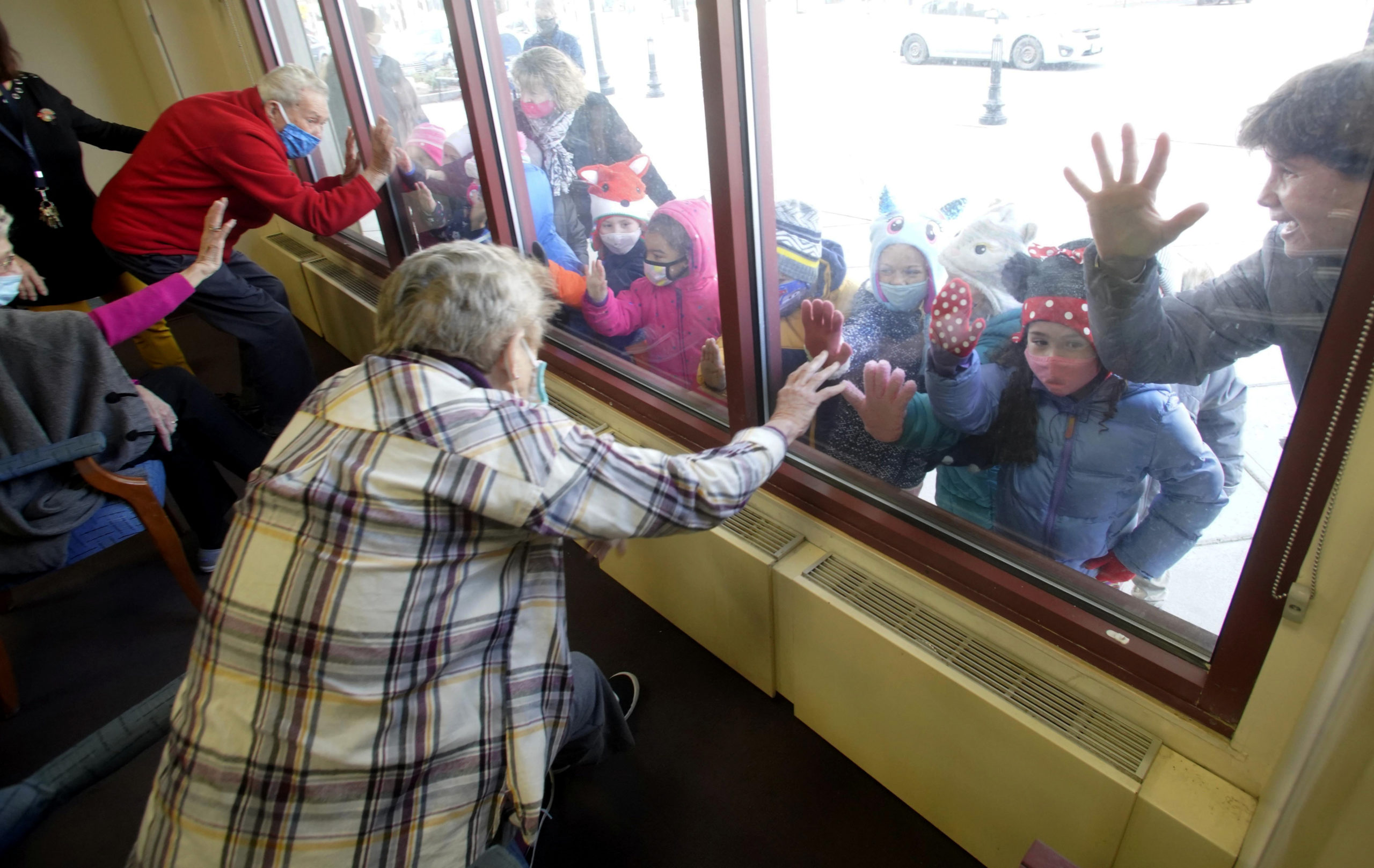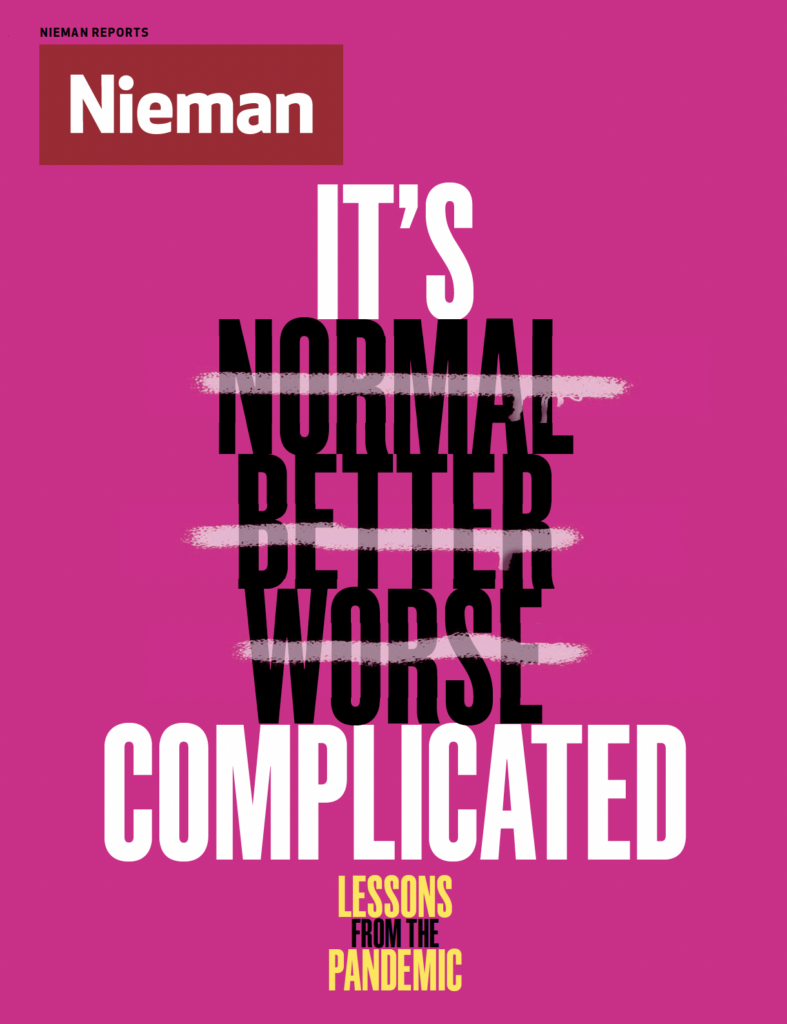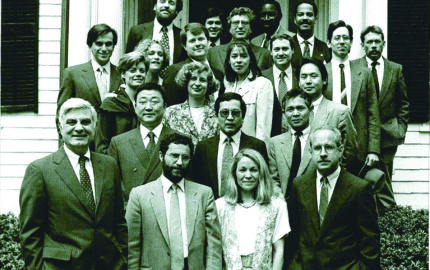The word had so thoroughly infiltrated the language that I no longer noticed it. Then one afternoon, walking across a windy plaza, it brought me to a full stop. A coffee shop had printed it on a long, wide banner, promoting not their coffee but the antiseptic means by which we could purchase it. Our new human condition, a sort of soulless sequestration, had a watchword.
CONTACTLESS
The banner may have ended with an exclamation point but I can’t recall. No matter; it was implied. Here was a business that knew, deep into the pandemic, what we wanted. We wanted less, to the point of none.
Contact-less. No contact.
Before the pandemic, the U.S. had not been as quick to adapt to cashless, contactless commerce as some other countries, but our resistance fell as the spread of Covid-19 grew and we sought to lower our risk without sacrificing necessity or pleasure. I remember a friend giddily reporting that a neighborhood ice cream parlor would now deliver sundaes — sundaes! — to her front porch without her ever so much as seeing another human being.
But what kept us safe also kept us isolated and for journalism, this was crippling. I kept thinking of the old photojournalism aphorism attributed to the street photographer Arthur Fellig, better known as Weegee: “f8 and be there.” But being there — being anywhere these past 18 months — was risky. Entire beats vanished, and so the theater critics, sports reporters, travel writers, and others who covered newly-shuttered industries were redeployed to report a public health story for which they had no experience. The less lucky were furloughed or worse.
“During the pandemic, we [learned] to cover the country without leaving our houses,” Lisa Lerer, New York Times political correspondent, writes in this issue. “The mythology of getting a window into the soul of America became a view of my shower curtain, as I conducted interviews in the only room in my apartment with a lock to keep out remote-schooling children. It was easy to miss the access to voters, strategists, and politicians; the kind of reporting serendipity that sometimes happens just by showing up.”
Journalists met hardship with ingenuity to narrow the distance that the deadly virus forced on reporting. Photographers gowned in personal protective equipment got as close to a story as they could or made so-called “porch-portraiture” of subjects posing outside their homes. Reporters used Google hangouts, asked subjects to keep audio diaries, and observed their activities via open video lines. The industry pressed for state-of-emergency remote video access to government meetings, then pressed again to continue that access beyond the early months of the Covid crisis.
But not all journalism is contactless and for some, it proved lethal. The Press Emblem Campaign, a Swiss press rights advocate, has tracked the Covid deaths of journalists, a number that has reached 1,862 in 84 countries. The organization has also pushed for early access to vaccination for journalists globally. “The safety of media workers is particularly at risk in this crisis because they must continue to provide information on the ground,” the organization argued. “A number of them died for lack of adequate protective measures when doing their job.”
II
In the spring of 2020, Kristen Hare, an editor at Poynter, started collecting the obituaries of media workers. The virus did not favor rank. The deaths have included “newspaper owners, cameramen, broadcast pioneers, writers, retirees, young parents,” Hare wrote, and a project she thought would be short-lived is now in its second year.
“This isn’t just something that we’re covering, it’s something that we’re living through and, in some cases, suffering from,” she told me. “I think it can be easy for journalists to feel like a third party in their communities, but this disease does not recognize that distinction.”
Hare does not yet know what her obituary collection will add up to and described herself as a person clutching artifacts from a burning building. “Almost like, grab anything you can we want you to have this when it’s over.”
“I worry that this will be forgotten and so I’ve tried my hardest to capture as much as possible,” she added. “And I worry that once newsrooms are opened up and everyone is back together, this grief that has been kept at bay will come crashing down on us. Journalists are really good at numbing and powering through, but I don’t know for how long we can do that without serious damage. In addition to recognizing all the people we’ve lost, newsrooms and journalists are going to have to work really hard to stop being tough guys and start to take our mental health seriously.”
III
Not long ago, as the U.S. marked a grim milestone of 500,000 Covid dead and hope for a quick end to the pandemic was fading, I reread This Republic of Suffering, historian Drew Faust’s extraordinary 2008 book about death during the American Civil War. As the pandemic’s toll ticked ever upward — now 755,000 U.S. dead, 5 million worldwide — I sought some insight into writing about loss on this scale and looked to America’s bloodiest conflict, a war that killed 620,000 soldiers and an undocumented number of civilians.
Especially haunting was Faust’s description of soldiers seeking technological surrogates as they lay dying, an eerie resemblance to stories of Covid patients in their hospital deathbeds, connected to loved ones via iPads. She tells of Yankee soldier Amos Humiston, found at Gettysburg clasping an ambrotype of his three children, Franklin, Alice, and Frederick. “Denied the presence of actual kin,” Faust writes, “many dying men removed pictures from pockets or knapsacks and spent their last moments communicating with these representations of absent loved ones.”
But if war is the work of dying, Faust’s book is a reminder that there is work ahead in grieving — a particular challenge for journalism, which is better at covering action than absence.
“The whole notion of mourning is that it is a process,” Faust told me, “moving through a world in which the lost are no longer with you, sewing up the bonds of community that have been rent by that process. If you don’t go through that, you just deal with unrelenting grief.”
She talked about the beauty and power of Civil War-era mourning customs — moving from a wardrobe of black, to grey, then adding purple, each step causing “emotional forward motion” — and prescribed for a nation the same work Hare had for journalists.
“We haven’t had the rituals, the monuments, the community gatherings,” Faust said. “And that can’t be left undone if we are to return to a world post-lost and not just stay stuck in our loss.”
IV
The other morning I walked my dog past the soccer pitch of an elementary school. A young boy ran up to the fence that separated us and called out to me. “He’s so cute,” the boy said through his mask. He crouched down to snoot level and wriggled his fingers through the chain link. I asked if he had a dog at home and in the next minute learned that he had a cat named Butter, that the cat was missing a front leg, and that the boy was starting his second day of fourth grade. A friend beckoned from across the field and the boy rose to leave, looked back once, then sprinted away.
It was such a modest moment, not the sort I would have tucked away pre-Covid, but that now I do. It was the unfinished stories of Butter and returning to school. It was the promise of what we’ve been missing. It was contact.
Lessons from the Pandemic
Hope that the coronavirus is finally being brought under control has given rise to planning for a return to “normal.” But can, or should, journalism return to a pre-pandemic “normal?” Across newsrooms, the way we once covered education, labor, theater—any beat—is unlikely to be sufficient for the moment we are entering. What are the lasting lessons of this time, and how should we do journalism differently? These are the questions to which Nieman Reports is seeking answers in our essay series, Lessons from the Pandemic.




